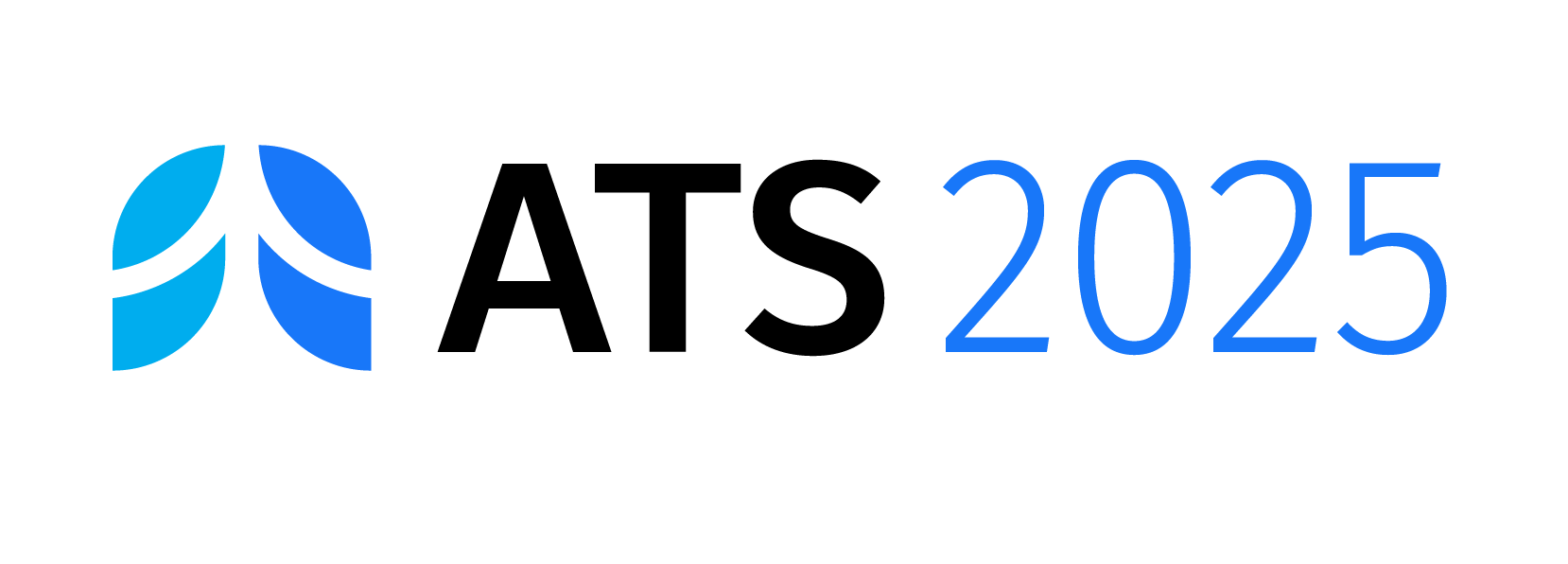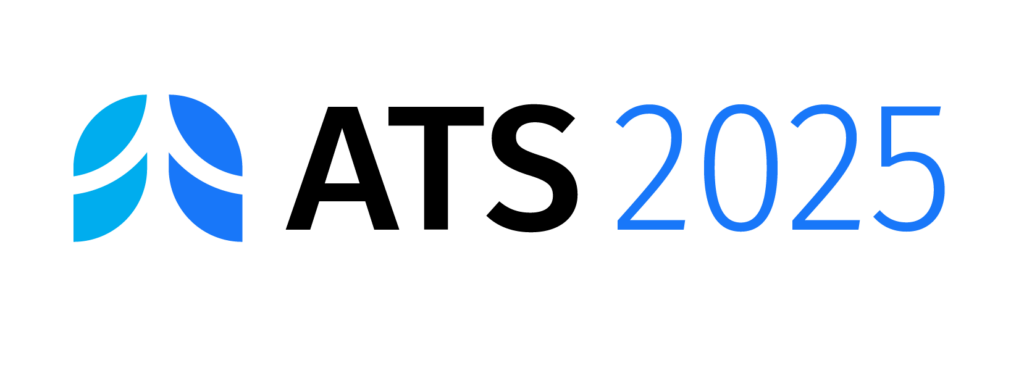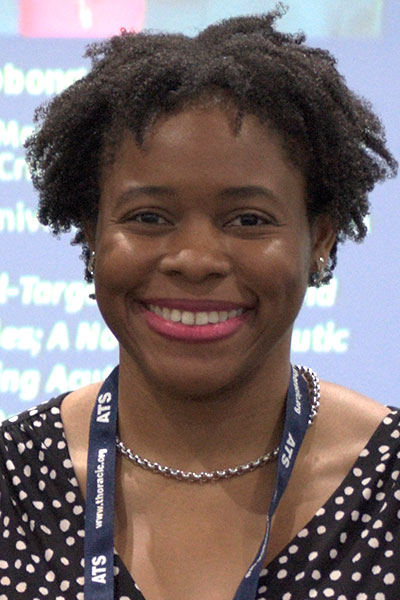
Eno-Obong Essien, MD, presented the winning concept in the 10th annual Building Education to Advance Research (BEAR) Cage competition on Monday afternoon at the ATS 2024 International Conference. Dr. Essien, an instructor of medicine, pulmonary, and critical care at the University of Pennsylvania, pitched “Endothelial-Targeted mRNA-Lipid Nanoparticles; A Novel Therapeutic for Treating Acute Respiratory Distress Syndrome (ARDS)” to the audience and panel of judges.
“We’re in an era where we’re starting to look at precision medicine,” Dr. Essien explained. “Now that we have a lot of clinically validated data that shows that there are different types of patients and different ways they can have ARDS, we can use this as a tool to customize therapies for different types of patients with different types of ARDS.”
The “Shark Tank”-style live pitch competition offered early career professionals the opportunity to share their highly innovative, human-focused research proposals with veterans of translational science in academia, industry, and government. Contestants also answered questions from the audience about their proposals.
“I appreciated the BEAR Cage opportunity,” Dr. Essien said. “It gives people doing high-risk, high-reward, nontraditional types of research an opportunity and a stage for them to showcase their innovative ideas. I like that it’s a forum that is welcoming to adventurous projects.”
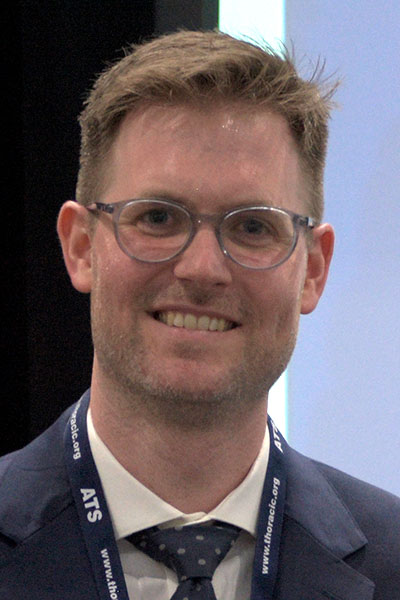
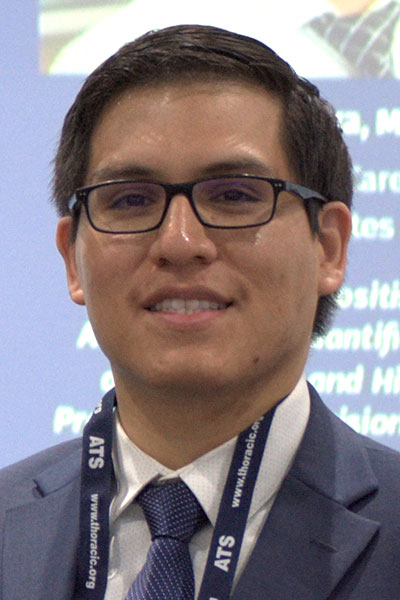
As the first-place winner, Dr. Essien will receive a funding prize of $10,000. The two runner-up finalists – Julio Huapaya, MD, MHS, and Michael Miller, MD – will each receive $2,500 for their pitches.
Dr. Huapaya, a chief critical care fellow at the National Institutes of Health, presented, “Integrating Myositis-Specific Autoantibody Quantification Using a Novel Assay and High-Density Proteomics for Precision Management of Idiopathic Inflammatory Myopathy-Associated Interstitial Lung Disease.”
Dr. Miller presented, “A Novel Intracorporeal Oxygenation Device for Patients with Severe Acute Lung Injury.” He is a pulmonary and critical care fellow at the University of California San Diego.
BEAR Cage prize money is not grant funding, and how the funds are spent is at the winners’ discretion. Dr. Essien shared that she already has plans to utilize her winnings.
“Part of my technology is optimizing and improving the targeting system, as well as doing more toxicology evaluations since this is such a novel technology,” she said. “I’ll be using the funding to explore a lot of that. Also, I’ll use the funding to develop new mRNA cargo.”
Register Today for ATS 2025

Register today for the ATS 2025 International Conference! Don’t miss the opportunity to experience this year’s premier respiratory health conference, May 16-21 in San Francisco. Join your colleagues to learn about the latest pulmonary, critical care, and sleep medicine developments. Not an ATS member? Join today and save on your conference registration!
